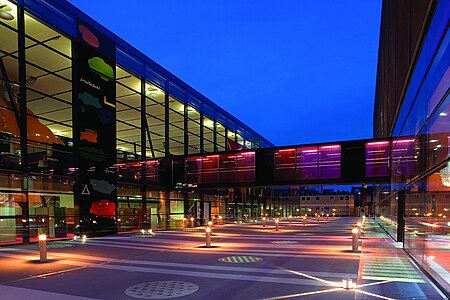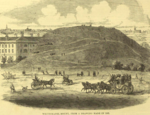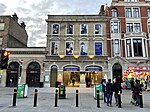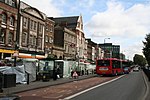Blizard Building
Barts and The London School of Medicine and DentistryBuildings and structures completed in 2005Buildings and structures in the London Borough of Tower HamletsEducation in the London Borough of Tower HamletsRecipients of Civic Trust Awards ... and 2 more
WhitechapelWill Alsop buildings

The Blizard Building is a building in Whitechapel in the London Borough of Tower Hamlets. It houses the Blizard Institute, formerly known as the Blizard Institute of Cell and Molecular Science, part of Barts and The London School of Medicine and Dentistry. The building is named after William Blizard, who founded the London Hospital Medical College in 1785.
Excerpt from the Wikipedia article Blizard Building (License: CC BY-SA 3.0, Authors, Images).Blizard Building
Whitechapel Road, London Whitechapel
Geographical coordinates (GPS) Address Nearby Places Show on map
Geographical coordinates (GPS)
| Latitude | Longitude |
|---|---|
| N 51.5165 ° | E -0.0613 ° |
Address
Royal London Hospital
Whitechapel Road
E1 1BB London, Whitechapel
England, United Kingdom
Open on Google Maps





